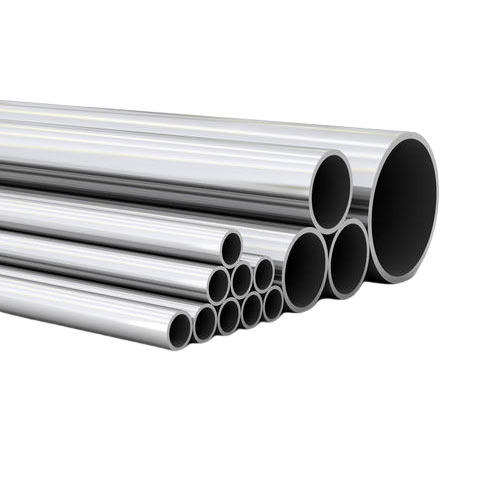Project Report For Conduit Pipe Manufacturing
Introduction
Project report for Conduit Pipe Manufacturing is as follows.
A conduit pipe is used to transport water or another fluid or for other functions, such as safeguarding electrical lines.
The phrase is often used in water delivery systems to refer to covered or closed portions of the aqueduct, particularly those that convey water under pressure. Large conduits may be made of field-joined steel sections or reinforced concrete, which is often prefabricated and prestressed, or they may be driven at deep through solid rock, for example, through hilly terrain or under rivers.
Project Report Sample On Conduit
Pipe Manufacturing
Get Completely Custom Bankable Project Report
Pressure conduits of a smaller diameter are typically built of cast iron, steel, or asbestos cement. To reduce the possibility of air entrapment, pressure conduits are often maintained below the hydraulic grade line that is, the line denoting the height to which the water would rise if allowed to flow freely.
A public utility is a business that provides certain types of services to the public, such as common carrier transportation (buses, airlines, railroads, motor freight carriers, and pipelines); telephone and telegraph; electricity, heat, and light; and community facilities for water, sanitation, and similar services.

The traditional justification for regulating public utilities is that they are industries in which the technology of production, transmission, and distribution nearly always results in total or partial monopoly—that they are, in a sentence, natural monopolies.
The monopolistic tendency arises as a result of economies of scale in the particular industry, the high capital costs associated with such enterprises, the inelasticity of demand among service consumers, and considerations regarding the excess capacity required to meet demand peaks, among other factors.
Additionally, it is often the case that the presence of competing for parallel systems for example, of local telephones or natural gas—would be prohibitively costly, inefficient, and uncomfortable.
Market Potential Of Conduit Pipe Manufacturing
Expenses

Product Cost Breakup

Reveneue Vs Expenses

Market Trend

The global electrical conduit market is estimated to be USD 6.5 billion in 2021 and is projected to reach USD 9.1 billion by 2026, at a CAGR of 6.9% from 2021 to 2026.
The electrical conduit pipe market may have significant growth during the projected period of 2020-2030, owing to the increase in infrastructure development projects. Residential and commercial development is also booming as a result of growing urbanization. As a result, this aspect may contribute to the electrical conduit pipe market’s development.
The telecommunications sector’s expanding impact around the world may result in exponential development for the electrical conduit pipe industry. Electrical conduit pipes’ role of securely routing wires creates enormous potential opportunities for the electrical conduit pipe industry.
The study on the electrical conduit pipe market covers the critical variables that contribute to a business’s development.
The comprehensive research examines several variables across a variety of development metrics, including the competitive environment, regional evaluation, and developing trends. Additionally, the study assists stakeholders in comprehending the influence of COVID-19 on the electrical conduit pipe industry.
The electrical conduit pipe industry is competitive, with several competitors vying for a prominent position. The electrical conduit pipe market’s participants do research and development to identify novel formulations and methods that combine cost efficiency and better features.
Additionally, producers engage in mergers and acquisitions, partnerships, joint ventures, and collaborations to get a foothold in the electrical conduit pipe industry. This element ultimately benefits the electrical conduit pipe market’s development. New entrants are often purchased or merged by established firms in the electrical conduit pipe industry.
